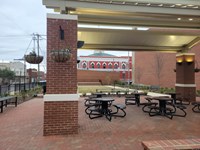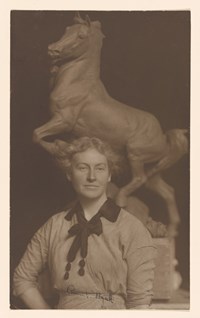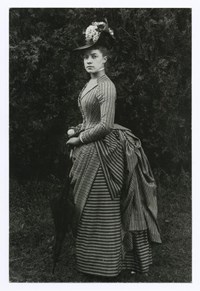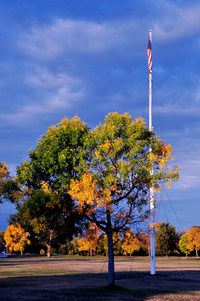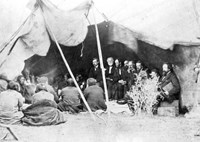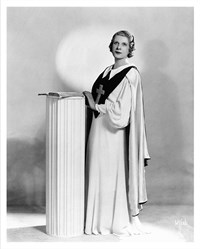- Boston National Historical Park (122)
- Yellowstone National Park (97)
- Boston African American National Historic Site (87)
- Homestead National Historical Park (71)
- Lewis & Clark National Historic Trail (46)
- National Mall and Memorial Parks (39)
- Grand Canyon National Park (38)
- Charles Young Buffalo Soldiers National Monument (37)
- Golden Gate National Recreation Area (35)
- Show More ...
- National Register of Historic Places Program (17)
- National Historic Landmarks Program (12)
- National Heritage Areas Program (11)
- San Francisco Bay Area Inventory & Monitoring Network (9)
- Wildland Fire Program (6)
- Archeology Program (5)
- National Center for Preservation Technology and Training (4)
- Fire and Aviation Management (3)
- National Trails Office - Regions 6, 7, 8 (3)
- Show More ...
Showing 1,736 results for silent march ...
Road to the Sea Wayside
Winston Churchill
- Type: Article

In the heart of Pearl Harbor, where history and sacrifice intertwine, stands a silent sentinel: Mooring Quay F-6-S. This unassuming concrete structure, once a bustling dock for mighty battleships, now serves as a poignant memorial to the valor and resilience of those who endured the December 7, 1941, attack.
Mammoth Hot Springs Hotel Dining Room
Glorieta Battlefield-North Loop
Eliphalet W. Jackson
- Type: Person
Clergyman and merchant Eliphalet W. Jackson participated in the abolition and temperance movements and served on the 1850 Boston Vigilance Committee.
Mabini Monuments
- Type: Place

Two monuments to Apolinario Mabini stand along the Asan Beach Trail. Mabini was the Prime Minister and Secretary of Foreign Affairs of the first Philippine Republic from January 23, 1899 – May 7, 1899. When the United States acquired the Philippines from Spain at the end of the Spanish-American War in 1899, Mabini and his followers refused to take an oath of allegiance to the United States and were exiled to Guam.
Noble Street Park
- Type: Place

Greenwich Village Historic District’s reputation for dynamism can be attributed to its history of emerging artists and writers as well as the political unrest and activism of its inhabitants. With the rise of the counterculture movement during the 1960s, Greenwich Village’s Washington Square Park became a hub for writers and musicians. In 1969, LGB residents of Greenwich Village pushed back against police harassment at the Stonewall Inn.
Marching for Justice in the Fields
- Type: Article

The farm workers who marched from Delano to Sacramento represented the large, seasonal labor force, composed overwhelmingly of people of color, whose labor made California’s thriving agricultural industry possible. Although their labor produced fortunes from the soil, they were subjected to poor wages and working conditions. This article is an introduction to the issues that motivated the Delano Grape Strike and the 1966 march.
A Continuing Struggle
Unita Zelma Blackwell (1933-2019)
- Type: Person

Born to sharecroppers in the Mississippi Delta, Blackwell rose from humble beginnings to become one of many unsung Black female heroines of the modern Civil Rights Movement. Blackwell was an outspoken critic of racial and economic inequality and the first Black female mayor elected in the state of Mississippi. We honor her as an ancestor for reminding us of the power to change the circumstances we were born into.
Anna Arnold Hedgeman (1899-1990)
- Type: Person

Before Shirley Graham married W.E.B. Du Bois in 1951, she had earned a national reputation as a playwright, composer, conductor, director, and author. Born to a A.M.E. minister and a European mother, Graham was raised to appreciate Black culture and music. From a young age, her parents instilled in her the importance of social justice and the uplift of the Black Community. For her lifelong dedication, we honor her as an ancestor.





